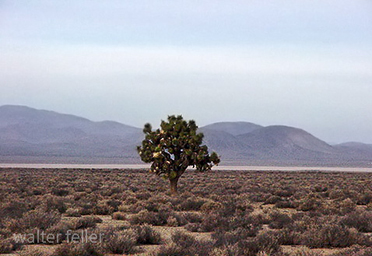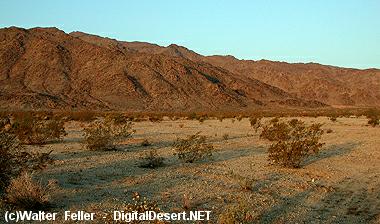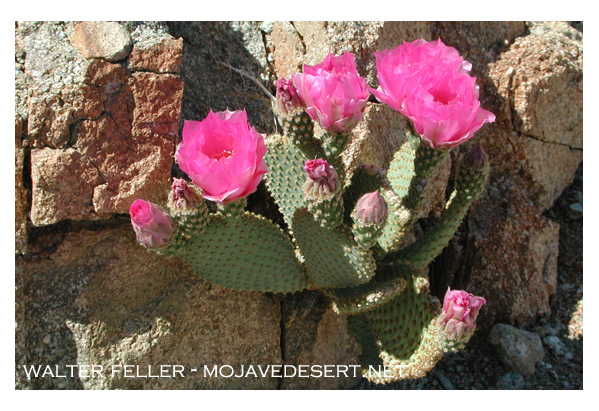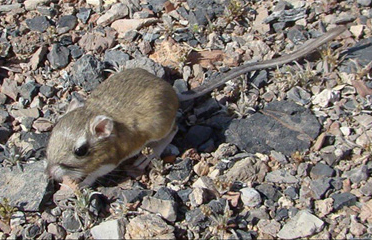Introduction:
The Desert Horned Lizard, Phrynosoma platyrhinos, is a fascinating creature found in the arid regions of North America. With their unique appearance and amazing camouflage abilities, these lizards have adapted perfectly to survive in their harsh desert environment. In the following, we will explore the impressive features and behaviors of the Desert Horned Lizard.
Physical Characteristics:
The Desert Horned Lizard is easily recognized by its spiky appearance and distinctive horns on its head. These horns, along with its flattened body and rough texture, help to break up its outline and blend in with its surroundings. Their coloration ranges from sandy brown to gray, providing excellent camouflage against the desert’s sandy terrain. On average, they grow to about 3 to 5 inches in length, making them relatively small reptiles.
Camouflage and Defense:
One of the most remarkable features of the Desert Horned Lizard is its incredible camouflage abilities. They have the ability to change their skin color to match their environment, allowing them to blend seamlessly into the sand, rocks, and vegetation around them. This camouflage helps them evade predators and remain hidden from potential threats.
In addition to their camouflage, Desert Horned Lizards have a unique defense mechanism. When threatened, they puff up their bodies to appear larger, making it more challenging for predators to swallow them. They also have spiny scales on their bodies, which deter potential attackers. If all else fails, they can shoot a stream of blood from their eyes, which is not harmful but can confuse and deter predators.
Diet and Habitat:
Desert Horned Lizards primarily feed on ants, which make up the majority of their diet. Their specialized jaws and teeth allow them to quickly consume large quantities of ants. These lizards are well-adapted to their desert habitat, where they can be found in sandy areas, rocky outcrops, and even shrublands. They are mainly active during the day, basking in the sun to regulate their body temperature.
Reproduction:
During the breeding season, which typically occurs in the spring, male Desert Horned Lizards engage in courtship displays to attract females. Once mating occurs, the females lay a clutch of 8 to 18 eggs in a shallow nest dug in the sand. The eggs hatch after about 6 to 8 weeks, and the newborn lizards are independent from birth.
Conservation Status:
The Desert Horned Lizard is not currently listed as a threatened species. However, habitat destruction and fragmentation due to human activities potentially threaten their population. It is crucial to conserve their natural habitat to ensure their survival in the future.
Conclusion:
The Desert Horned Lizard’s ability to blend into its surroundings using camouflage is truly remarkable. These masters of disguise have adapted to survive in the harsh desert environment, relying on their unique appearance and defense mechanisms. By appreciating and protecting these fascinating creatures, we can contribute to the preservation of biodiversity in our world.
Walter Feller – 2023







